
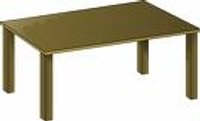
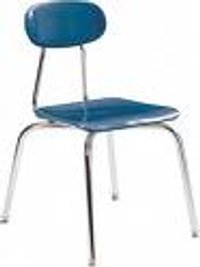


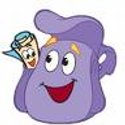




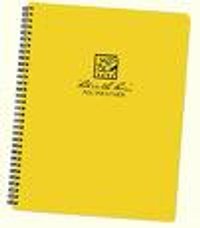



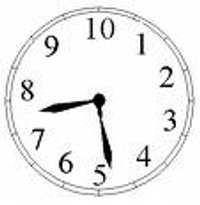




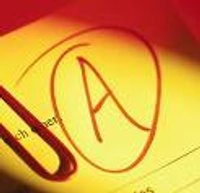
| Adjetivos |
|
Practica
con los adjetivos Adjectives are words that describe items or nouns. In general in the Spanish language, adjectives come after the word they are describing. As you have seen so far, Spanish words have a “gender” that is determined on whether they start with el or la. In general singular masculine words that start with el you do not need to change the adjective for them to agree. However, with singular feminine words you do need to change adjectives that end with an “o”. Look at the table below for
some examples
In addition to the adjective having to match in gender, adjectives in Spanish must also match in number. For example, if the noun is plural then the adjective must also be plural. Look at the table below for
some examples
Adjectives that end with an “e” are non gender specific and can be made plural by adding an “s” Look at the chart below for
some examples
Adjectives that end in a
consonant, usually have only one singular form and can be made plural
by adding
an “es” Look at the chart below for
some examples
|
| Now, Let's take a few minutes to practice! |
| Pick the choice from the drop down box that best describes the picture. Make sure that your choice reflects proper adjective agreement. |
 |
 |
||
 |
 |
||
 |
 |
||
 |
 |
||
 |
 |
||
 |
 |
||
 |
 |
||
 |
 |
||
 |
 |
||
 |
 |
| home | definite articles | indefinite articles | colors |